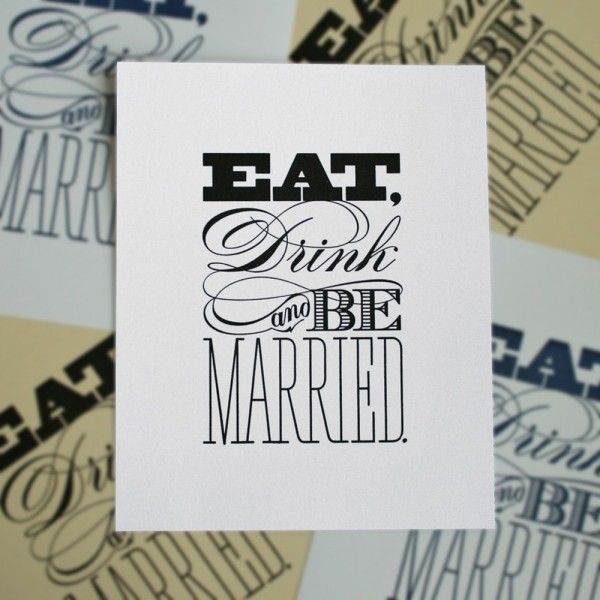Picking the Perfect Wedding Date
It’s a question that can and will be asked to both you and your bride or groom many times in the beginning of the engagement: so… when is the wedding date? It’s for a good reason too: choosing your wedding date will influence all of the other moving parts of the wedding timeline. Details such as whether or not the particular venue you want is available for your ceremony, whether hotels will have room for your guests and even if the flowers you want will be in season. The further ahead you plan your wedding timeline the smoother the rest of the process will go leading up to your wedding date. Here is the five step guide to finding the ideal wedding timeline for all the parties involved in your wedding.
- The first order of business is eliminating all official and unofficial holidays from your wedding dates available. Do not make your guests decide to pick going to see their family on Thanksgiving, attending a religious function, or giving up watching the Super Bowl because you scheduled your wedding on the first Sunday of February. For a full list of dates to avoid, we recommended scanning through this list.
- Second is considering the weather and if you prefer an in-season wedding or out of season wedding. In-season weddings taken place between June to October, out of season weddings consists of the remaining November to May months. You need at least 10 months and ideally 12 months or more from the time of your engagement to execute all aspects of the wedding planning process. This means the timing of your engagement matters in when you can get married if you do prefer an in-season or out of season wedding. All flowers have in-season and out of season periods, so you must weigh that consideration as well for your wedding timeline. If you don’t know your favorite flower(s) in-season periods, check out this useful in-season flower guide here. Weather comes into play especially for outdoor wedding ceremonies in the summer and winter months, so take in account your wedding attire.
- Third is the price. Out of season weddings are typically cheaper due to less traffic for wedding vendors and will have more open availability for your desired wedding venues. The further you schedule into the future, the pricing will drop off as well, so unless you have a burning desire to be hitch as soon as possible, a longer 1+ year engagement period is not a bad idea. Going out of season helps stretch your honeymoon budget further if you desire.
- Fourth is making a full plan of all the wedding decor, food & drink, and other entertainment you want to provide at your wedding ceremony and reception. Are you have a themed wedding? Have you taken into account your wedding cake design and what flavors to avoid in hot weather? What is the venue backdrop going to look like? Your wedding venue choice will effect the atmosphere and mood of your wedding, so tread carefully.
- Five is accounting for your guest preferences and vendor availability. When it comes to the opinion guests, we recommend going over your engagement party guest list to weigh them accordingly. Immediate family and close friends situations should have priority in this scenario. If you have your heart set on certain vendors like the local bakery you shop at several times a week or a particular photographer you wish to use, then you must make sure you have all their availability dates line up. Most vendor services will be booked at least 6 months out and could be up to 18 months. The last step is probably the least important on the list, but will still play a role in determining the ideal wedding timeline for your big day.


